Thursday marks the World Wetlands Day, which is dedicated to raising global awareness about the vital role wetlands play for the planet and its inhabitants.
This year's theme, "Wetland Restoration," brings to attention the rapid degradation of wetland systems across the world. Nearly 90 percent of the world's wetlands have been degraded since the 1700s, and the planet is losing its wetlands three times faster than forests, according to data from the United Nations.
Wetlands are land areas that are saturated or flooded with water permanently or seasonally. They support critical biodiversity: about 40 percent of all plant and animal species live or breed in wetlands. They are among the most productive ecosystems on Earth, providing people with food and water. They also purify water and function as sponge in times of flooding. They offer natural protection and help communities with climate mitigation and adaptation, besides serving many other important functions.
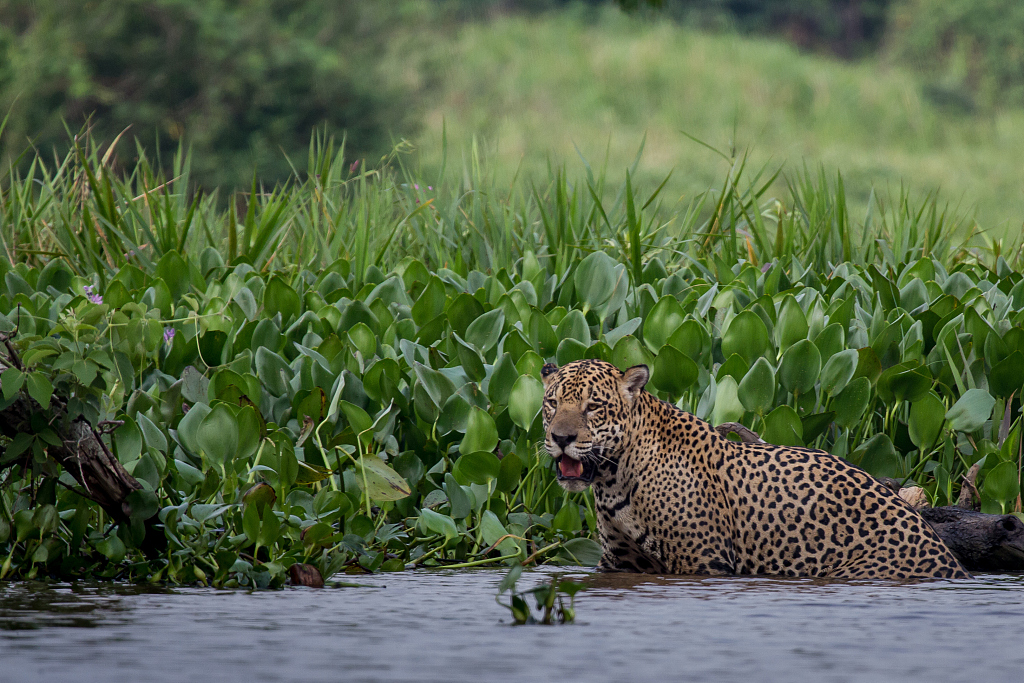
A jaguar hunting in water in the Pantanal, the world's largest tropical wetland in South America. /VCG
A jaguar hunting in water in the Pantanal, the world's largest tropical wetland in South America. /VCG
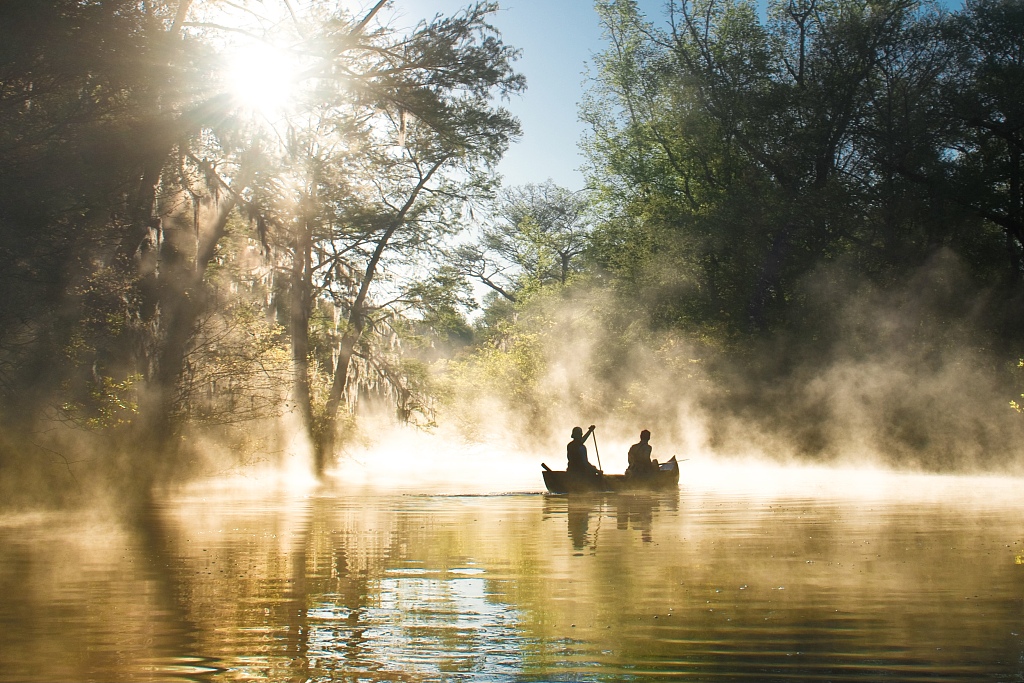
Everglades, the largest subtropical wilderness and an iconic wetland in the United States. /VCG
Everglades, the largest subtropical wilderness and an iconic wetland in the United States. /VCG
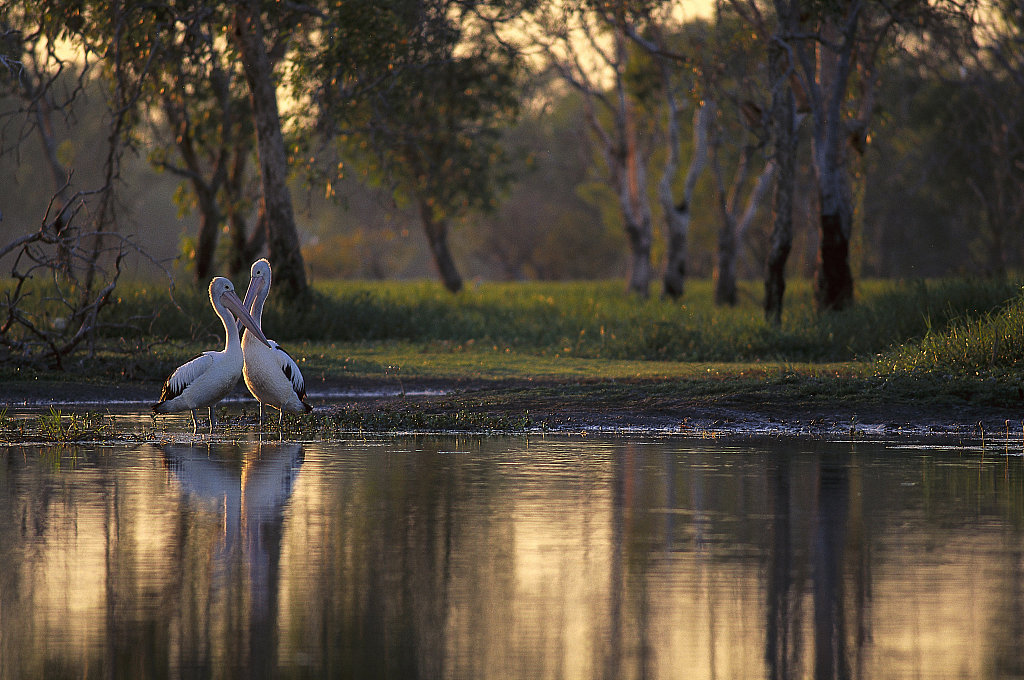
Kakadu National Park, an important wetland and birds' sanctuary in Australia. /VCG
Kakadu National Park, an important wetland and birds' sanctuary in Australia. /VCG
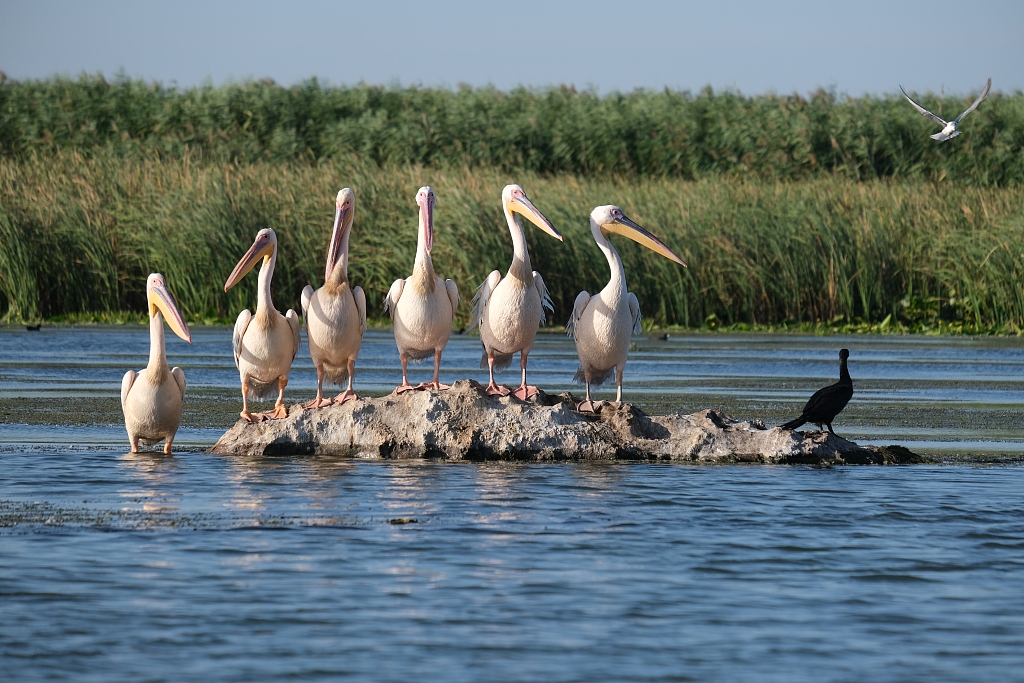
The Danube Delta, Europe's largest natural wetland. /VCG
The Danube Delta, Europe's largest natural wetland. /VCG
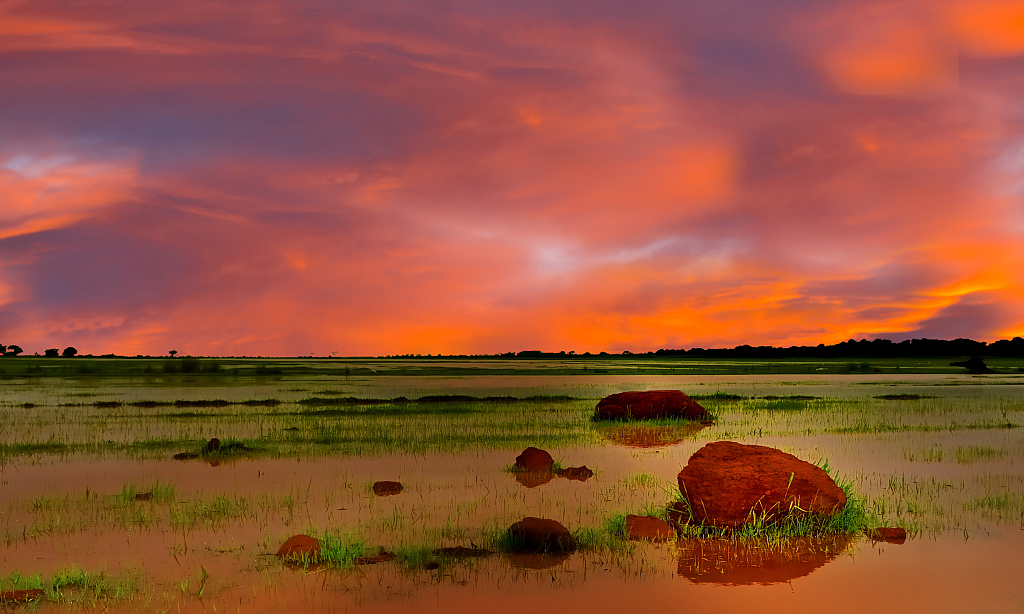
The Sudd, the largest wetland in Africa. /VCG
The Sudd, the largest wetland in Africa. /VCG
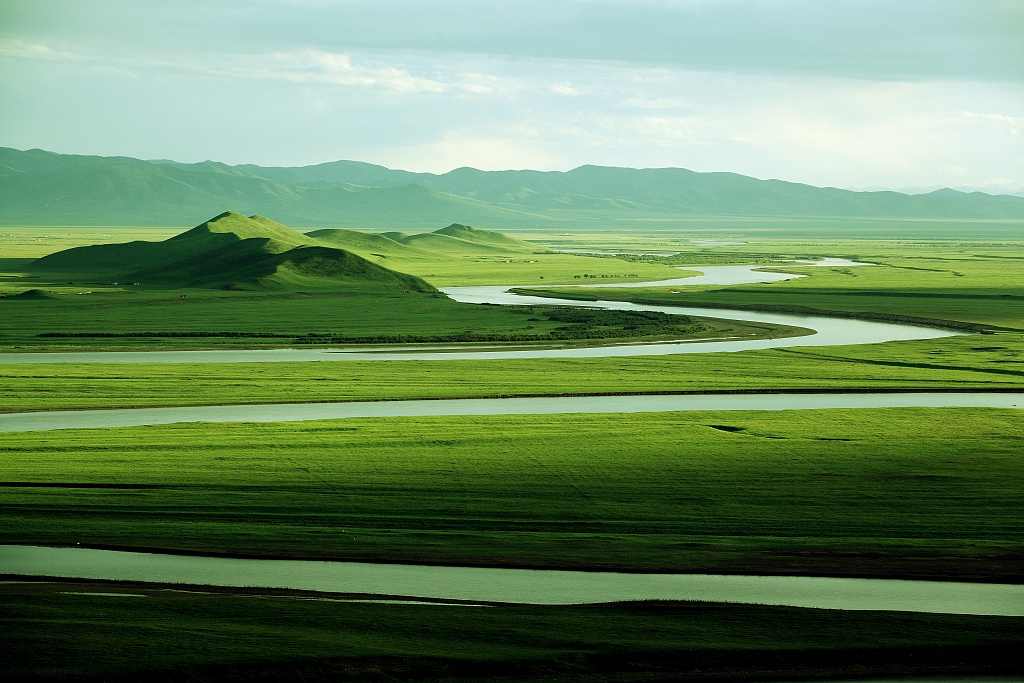
Ruoergai Wetland, the largest high-altitude marsh area in the world, in southwest China. /VCG
Ruoergai Wetland, the largest high-altitude marsh area in the world, in southwest China. /VCG
The World Wetlands Day was adopted by the UN General Assembly in 2021 as part of efforts to realize the decade-long Sustainable Development Goals (SDGs), which address global issues related to climate change, food and water security and biodiversity loss, among others. Now with seven years left for the SDGs, the UN is calling again to restore wetlands.
Restoring a degraded wetland involves rehabilitating the plant and animal species there as well as its water and soil quality. Steps include removing pollutants and invasive species, placing clean sand and sediment, seeding and planting and maintenance.
A destroyed wetland can also be rebuilt by using natural processes involving wetland vegetation, soils and the associated microbial life to replicate the functions of natural wetlands.
(All images via VCG)
(If you want to contribute and have specific expertise, please contact us at nature@cgtn.com.)